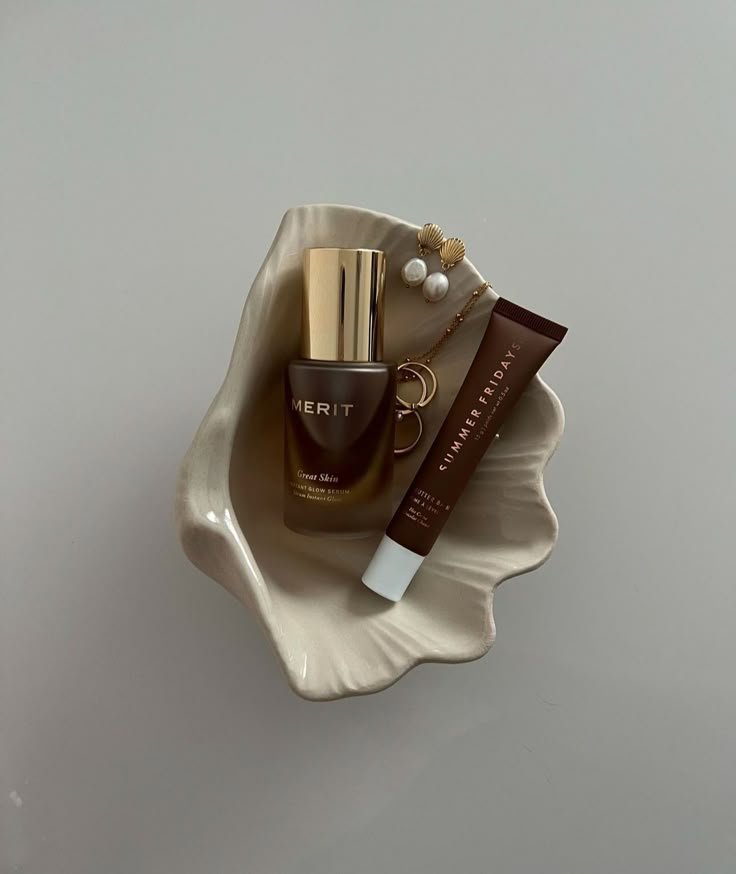The New wave of wellness
Wellness is no longer about exercise and diet - it’s a fully integrated lifestyle that prioritizes mental, emotional, and physical health. In fact, the Global Wellness Institute states the wellness market has risen in value by 26% more than pre-pandemic and is roughly 4x larger than the global pharmaceutical industry. In 2025, self-care is evolving into something more intentional, communal, and scientifically backed. As people seek balance in an increasingly chaotic world, wellness trends are focusing on connection, personalization, and sustainability. I’m always interested in seeing what the world of wellness has in store or is considered trendy, and this year is no exception. From things I’m just learning about now to things I would never try in a million years, there is no shortage of interesting trends to watch over the next 12 months.
The landscape is evolving toward a personalized, holistic, and proactive approach. With wellness clubs for communal experiences, cutting-edge supplements, and new self-discovery tools like Human Design, there are plenty of trendy wellness activities worth trying out. And remember, wellness is not a one-size-fits-all solution, so there is always some wellness movement coming along that will redefine how you look at self-care.
The Rise of Wellness Clubs
Wellness is becoming a social experience. Traditional fitness studios and spas are giving way to all-in-one wellness clubs. Wellness Clubs are members-only spaces where self-care goes beyond a yoga class. These high-end retreats offer everything from sound baths and cold plunges to holistic health coaching, creating a space where people can prioritize their well-being while connecting with other like-minded individuals prioritizing theirs. Wellness Clubs are beneficial because they provide access to premium wellness experiences like infrared saunas, ice baths, guided breathwork, and more. They create a sense of community and accountability and encourage a lifestyle shift rather than a one-time wellness activity.
How to Integrate It: Find a wellness club in your city to join or look for local community wellness events. If a membership isn’t accessible, create your own “club” by hosting wellness nights with friends and taking part in guided meditations, group workouts, or indulging in self-care routines. The main idea is to prioritize self-care and combine your wellness activities by doing yoga, breathwork, or sauna sessions with others.
Stress Management as a Daily Practice
Understandably, stress levels are at an all-time high, and people are realizing that waiting until burnout happens just isn’t an option. The latest approach to stress management is proactive, with a focus on nervous system regulation, mindfulness, and science-backed coping mechanisms. Focusing on a proactive approach lowers cortisol (the stress hormone) reducing the risk of chronic illness, enhances mental clarity and emotional resilience, and helps improve sleep, digestion, and over all well-being.
How to Integrate It: Use breathwork techniques like box breathing or the 4-7-8 method to calm the nervous system. Incorporate movements like walking, stretching, or yoga to regulate stress hormones. Support your body’s stress response with herbs like Rhodiola, Ashwagandha, and Holy Basil. And if all else fails, set boundaries. Reduce overstimulation by limiting social media and digital distractions.
Human Design: The New Self-Help Tool
This one is brand new to me. Human Design is gaining traction as more of a personalized approach to self-improvement. Human Design blends astrology, personality psychology, and energy alignment. Unlike a one-size-fits-all self-help method, it provides more tailored strategies based on an individual’s unique design. Human Design offers a deeper understanding of how you make decisions and use energy, helping in relationships, career choices, and personal growth. It helps encourage self-acceptance by aligning with your natural tendencies rather than resisting them.
How to Integrate It: First, you need to find your Human Design type (Generator, Manifestor, Projector, Reflector, or Manifesting Generator) by using an online chart calculator. Then, you learn about your strategy and authority, which help guide your decision-making and energy use. Finally, you experiment with living by your design. For example, a Generator benefits from responding to opportunities rather than forcing things, while Projectors thrive with rest and guidance.
The Power of Nighttime Routines
For years, morning routines stole the spotlight, but more and more people are realizing quality sleep is the foundation of overall wellness. Even I spent more time on my morning routine than I did my nighttime routine. As long as my face was free of makeup and my teeth were clean, I was good to go. But with stress and screen time disrupting our natural sleep cycles, there is a growing focus on optimizing nighttime habits for better rest. Emphasizing a solid nighttime routine improves sleep quality and duration, reduces stress and anxiety before bed, and enhances cognitive function, mood, and overall health.
How to Integrate It: Set a bedtime routine by dimming lights, playing calming music, or taking a warm shower before bed. Limit blue light exposure by avoiding screens 30 to 60 minutes before sleeping and switch to red or warm lighting in the evening. Try sleep-supporting supplements like magnesium, ashwagandha, and glycine to promote relaxation. And if supplements aren’t your jam, practice mindfulness with guided meditations, breathwork, or journaling before bed to help calm a racing mind.
Colostrum: The Superfood of 2025
Wellness enthusiasts are always looking for the next big thing in supplements, and colostrum is taking the lead. It’s the trendy ingredient Sofia Richie Grainge featured it in her Erewhon smoothie and Kourtney Kardashian brought with her when she gave birth. Colostrum is a nutrient-rich substance derived from the first milk of mammals after giving birth, and it is packed with immune-boosting and gut-healing properties. The benefits range from strengthening immunity with antibodies and growth factors to supporting gut health by healing the intestinal lining - which is great for those with digestive issues. For others, it’s beneficial for promoting healthy skin and reducing inflammation.
How to Integrate It: Try colostrum supplements in powder or capsule form, but look for high-quality, ethically sourced options. Amara and Cowboy Colostrum are two popular brands to try. Add it to smoothies, coffee, or matcha for an easy nutritional boost. Take it one step further by pairing it with probiotics to enhance its gut health benefits.
Myers-Briggs Is Back
Yes, the test we all took in college or as a team-building activity has become popular for a new generation. As people look for practical ways to improve self-awareness—or create content for their meme IG account—the Myers-Briggs Type Indicator (MBTI) is resurging in popularity. Unlike more complex personality systems, MBTI is simple, widely recognized, and can provide insight into communication styles, work habits, and relationships. The benefits of the MBTI are identifying strengths and weaknesses, and improving communication and conflict resolution skills. The results support mental health by helping individuals understand their thought patterns and stress triggers.
How to integrate it: Take a Myers-Briggs test to determine your personality type. Learn how your type interacts with others to improve relationships and teamwork. Use it as a tool for personal growth - INTJs might be more focused on emotional expression, while ESFPs may benefit from more structured planning.













